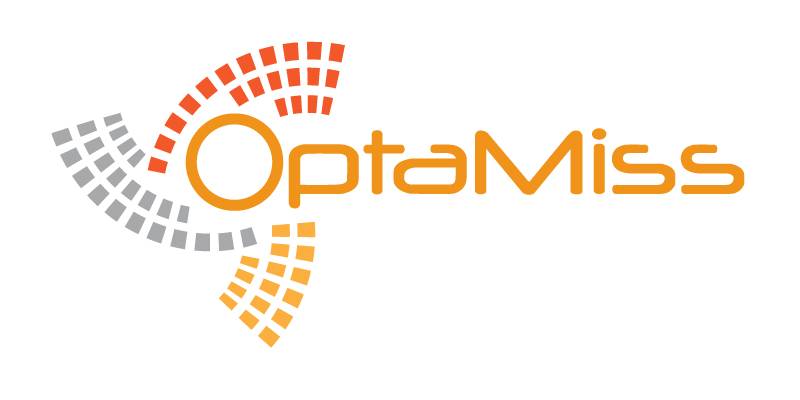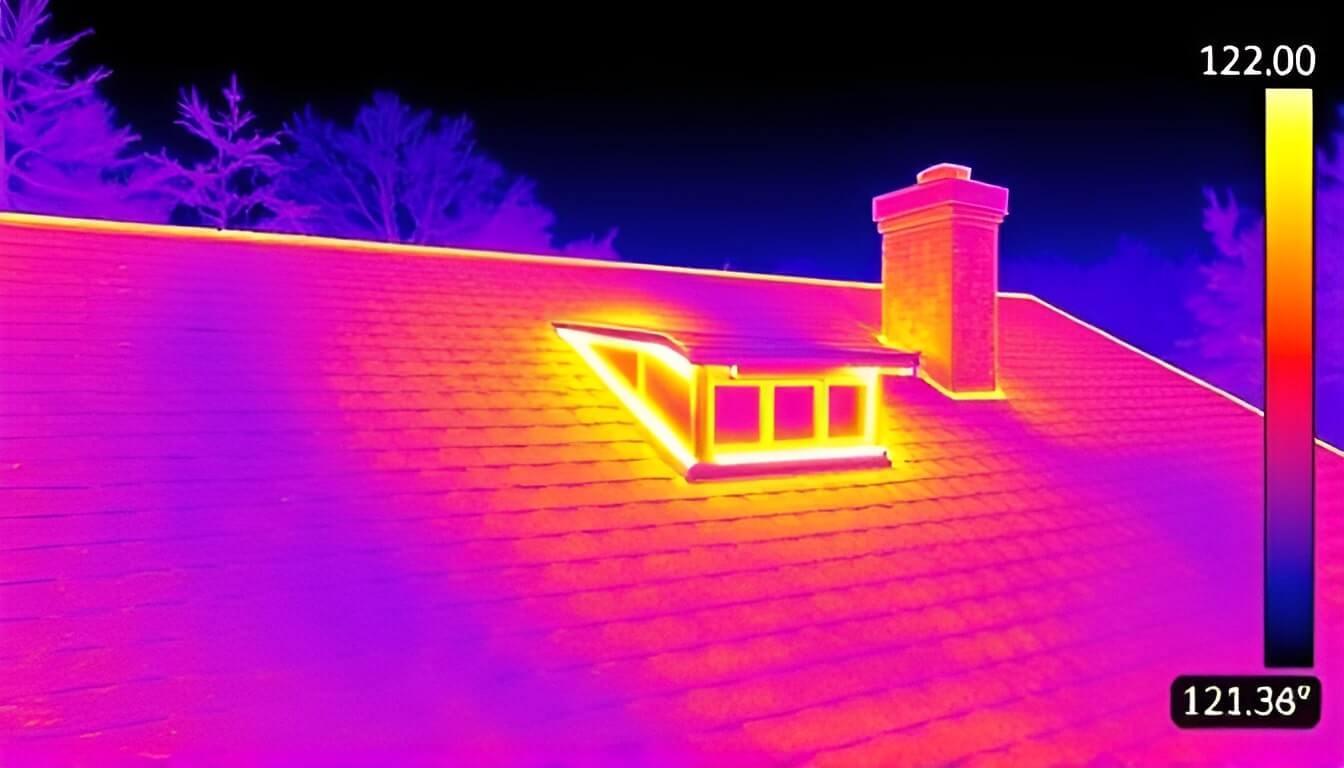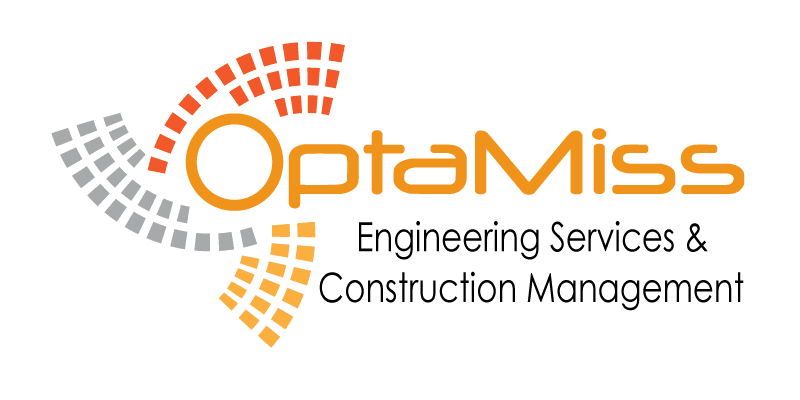When it comes to maintaining a roof, most homeowners think of visible wear and tear—missing shingles, leaks, or pooling water. But some roof issues are not so obvious. That’s where infrared roof inspections come into play. This high-tech yet practical approach can uncover problems lurking beneath the surface, saving you time, money, and frustration.
Infrared roof inspections, also called thermal imaging inspections, use specialized equipment to detect temperature differences on your roof. These variations help identify moisture buildup, insulation problems, or structural damage that aren’t visible to the naked eye. Let’s break this process down in a way that makes sense without all the technical jargon.
How Does Infrared Roof Inspection Work?
Imagine a cool drink on a hot day. As condensation beads on the outside of the glass, it tells you the drink is cold. Similarly, an infrared camera identifies areas on your roof where the temperature is cooler (or warmer) than the surrounding area. These temperature shifts can signal moisture trapped under the surface, a common sign of roof trouble.
The infrared camera measures the heat radiating from your roof and converts it into a detailed thermal image. Areas with trapped moisture often retain heat differently than dry areas, showing up as distinct patterns on the thermal map. It’s like giving your roof a full-body scan, pinpointing trouble spots without invasive methods like drilling or removing roofing materials.
Why is Moisture Detection Critical?
Roof leaks are sneaky. They often start small and grow into costly problems before you notice them. Water can seep into roofing materials, weakening the structure over time. If left untreated, this moisture can lead to mold, rot, and damage to the interior of your home or building.
Take a commercial building as an example. A business owner might notice increased energy bills but can’t figure out why. A thermal imaging inspection might reveal water-saturated insulation causing the HVAC system to work overtime. Addressing the moisture issue could prevent further structural damage and reduce energy costs.
What Problems Can an Infrared Roof Inspection Uncover?
- Moisture Intrusion: As mentioned earlier, the primary function of infrared technology is to find trapped water. Whether it’s under shingles, a metal roof, or flat roofing material, detecting moisture early can prevent bigger problems.
- Insulation Gaps: Poor insulation can cause heat to escape during the winter or enter during the summer, making your energy bills skyrocket. An inspection can pinpoint these gaps for targeted repairs.
- Roof Membrane Issues: On flat roofs, the membrane layer is critical for waterproofing. Infrared imaging can reveal weak or damaged areas, ensuring timely repairs before leaks occur.
- Structural Weaknesses: Beyond water damage, infrared inspections can highlight potential issues like sagging areas or spots where the roofing material isn’t performing as it should.
Who Benefits Most from Infrared Roof Inspections?
Both residential and commercial property owners can benefit, but the value is especially high for flat or low-slope roofs. These types of roofs are more prone to pooling water, which often leads to hidden moisture issues.
For instance, a property manager overseeing a multi-unit apartment complex could use infrared roof inspections to proactively address issues before tenants report leaks. This preventive approach not only protects the building but also keeps tenants satisfied.
Homeowners with older roofs also benefit. Infrared inspections can provide peace of mind by confirming whether the roof is holding up or if repairs are needed.
The Process: What to Expect During an Infrared Roof Inspection
- Preparation: The inspection typically begins with a visual assessment. The inspector will look for visible signs of damage or wear to understand potential problem areas.
- Thermal Imaging: Using an infrared camera, the inspector scans the roof’s surface. This step usually takes place in the evening when the roof begins to cool down. The cooling process makes temperature differences more apparent.
- Analysis: Once the data is collected, the inspector interprets the thermal images, identifying areas that require further investigation.
- Report: You’ll receive a detailed report, often with thermal images, explaining the findings and recommended next steps.
How Accurate is Infrared Roof Inspection?
It’s important to understand that while infrared technology is incredibly effective, it’s not a magic bullet. Environmental factors like wind, sunlight, or rain can affect the results. That’s why experienced inspectors combine thermal imaging with their expertise and other diagnostic tools to confirm findings.
Think of it as a tool in the toolbox—not the entire toolbox. The real power comes from pairing the technology with a trained professional’s judgment.
Cost vs. Savings: Is It Worth It?
You might wonder, “Is an infrared roof inspection worth the investment?” The answer lies in how much potential damage it can prevent.
A small, undetected leak could cost hundreds or even thousands of dollars in repairs if it goes unnoticed. Infrared inspections often cost a fraction of that amount, making them a smart choice for long-term savings.
Real-Life Example: A Business Saved by Infrared
Consider a small bakery located in a strip mall. The owners noticed persistent water stains on their ceiling tiles but couldn’t identify the source. A traditional roofer suggested replacing the entire roof—an expense the bakery couldn’t afford.
An infrared roof inspection revealed a single area with trapped moisture caused by a small puncture in the roof membrane. By fixing this targeted spot, the bakery saved thousands of dollars and avoided unnecessary downtime.
The Environmental Edge
There’s also an environmental benefit to infrared roof inspections. By identifying precise problem areas, repairs are more targeted, which means fewer materials are wasted. This efficient approach aligns with eco-friendly practices, especially for businesses looking to reduce their carbon footprint.
Choosing the Right Professional
Not all inspectors are created equal. When choosing a professional for an infrared roof inspection, look for:
- Certification: Make sure the inspector is certified in thermal imaging technology.
- Experience: Ask about their track record with similar roofing types.
- References: Don’t hesitate to request references or read online reviews.
Final Thoughts
An infrared roof inspection is a powerful tool in modern roofing maintenance. It goes beyond what the eye can see, uncovering hidden problems before they become major headaches. Whether you’re a homeowner looking to protect your investment or a business owner managing a commercial property, this technology offers a cost-effective, non-invasive way to keep your roof in top shape.
By understanding how it works, what it can detect, and when to use it, you’ll be better equipped to make informed decisions about your roofing needs. And that’s a win for your property—and your wallet.


